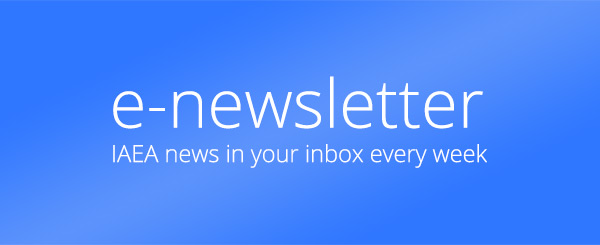Geostatistical Analysis of Spatial Isotope Variability to Map the Sources of Water for Hydrology Studies
Closed for proposals
Project Type
Project Code
F33016CRP
1373Approved Date
Status
Start Date
Expected End Date
Completed Date
20 February 2012Description
Human activities have dramatically altered the water cycle, especially in heavily populated zones. The growing water demand has usually been fulfilled through transfer of surface waters from other hydrologic basins or through intensive exploitation of deeper groundwaters. As a consequence, human interventions modify the hydrologic cycle to fulfil the increasing demand for different water uses (water supply, food processing, irrigation, industrial processes, etc). Environmental isotopes are considered powerful tracers to evaluate the magnitude of the changes in the water cycle as a result of human activities or to trace the complex natural mixing patterns and interactions among several compartments of the hydrologic cycle. For these classical isotope hydrology applications, as well as for others applications related to climate and ecology, there is an increasing demand for spatial isotope maps. This CRP aims to develop reliable geostatistical methods to chart spatial isotope variability and assess its applicability to map sources of water.
Objectives
To improve the capability and efficiency in using environmental isotopes to better assess water resources in Member States through the development of new geostatistical methods representing the temporal and spatial distribution of hydrochemical and isotope data.
Specific objectives
To develop geostatistical protocols for integrating hydrological, hydrochemical and isotope data.
To develop thematic maps based on isotope and related data of hydrological variables relevant to the evaluation and assessment of water resources
To evaluate the potential and limitations of these techniques for routine applications including environmental isotopes.
Impact
The CRP addressed a common problem found when using isotopes in environmental studies, namely the use of tested geostatistical approaches to properly map spatial (both in 2D and 3D) and temporal variability of hydrological, hydrochemical and isotope data, being this aspect a key problem at the time of conveying the results of isotope/geochemical studies in a non-scientific format. This is often is the case found by counterparts of TC projects, when the final reports of the studies, mainly containing substantial scientific terminology, leading to limited understanding to non-experts of the conclusions and recommendations. The counterpart institutes involved in this CRP acquired and shared extremely valuable experience in the development/maintenance of dedicated isotope and hydrochemical data bases, use of adequate GIS/mapping software packages, as well as in the use of existing methodologies to better visualize and present the main conclusions and results of hydrological studies. The experience gained in this CRP was also relevant to the IAEA, allowing the development of better protocols for the operation of global isotope monitoring networks, field work protocols, isotope data handling, and preparation of technical reports by counterparts of TC projects. Several internal repots and scientific publications in international journals and symposia (such as the IAEA's Symposium in Monaco 2011, the European Geosciences Union conferences, etc.) were also generated by the CRP participants.
Relevance
The topic of the CRP was closely related to one of the key activities of the Water Resources Programme, namely providing assistance to Member States in monitoring efforts of precipitation, surface and ground waters, data handling and development of maps, models, reports, etc. as part of the effort to asses and manage their water resources.

